Fostering happiness in the classroom
Rebecca Wentland teaches her Art and Science of Wellbeing class on Wed. Sept. 18.
In most classes, students expect to encounter stress, lengthy homework assignments and an emphasis on tests. Instead, in the Art and Science of Wellbeing, students expect to find meditation exercises, guest speakers and an emphasis on creating a happy atmosphere.
Teacher Rebecca Wentland launched the course for the 2019-20 school year as a psychology class mixed with data-supported habits to improve contentment. As a former AP European History teacher, Wentland shifted focus and embarked on a journey to provide students in need with the essential tools to happiness.
The Art and Science of Wellbeing originates from a course at Yale titled “Psychology and the Good Life,” a course in which the initial offering became the most popular class in Yale’s 317-year history. After taking Yale’s class online, Wentland felt that students would benefit from having access to it and reached out to professor Dr. Laurie Santos.
“I wrote to her to ask if it would be okay for her to let me use some of her material,” Wentland said. “She was so gracious and let me use anything.”
As an AP European History teacher before instructing this course, Wentland saw a need for a class that would help improve the wellness of students. In the Art and Science of Wellbeing, students learn data-supported tools– such as writing down three good things that happened at the end of each day– to help make them feel better.
“I felt like over the years when students were in my room asking me for help, they were very often not asking me about history, but they were feeling overwhelmed with all of the things that they had decided to do or they were feeling kind of upset,” Wentland said. “A lot of the things they were very worried about, to the point of not being able to really function and go through their day, could be prevented if they had a series of tools.”
While providing this toolkit to students searching for a way to improve their mental well being, Wentland also felt the positive effects of her own instruction. Although Wentland never felt hugely attached to her phone, she noticeably decreased her screen time, checking her phone during lunch to reveal a meager eight minutes spent thus far that day. The psychologists often cited in the class have discarded their smartphones altogether, which inspired Wentland in addition to other habits promoted in the course.
“I feel like a terrible hypocrite if I don’t do the things that I’m telling my kids to do,” Wentland said. “I’ve been meditating more; I feel like that gives me an edge over my emotions.”
Meditating has also benefited junior Jeremy Thomason, who said that the practice helps his mental state. Thomason previously learned under Wentland in her AP European History course and decided to enroll in the Art and Science of Wellbeing class after receiving a free period due to scheduling conflicts.
“Everyone says junior year is really stressful, and I wanted to have a class to alleviate stress,” Thomason said. “I also love Ms. Wentland with a passion because she’s great. I know she’s a good teacher because she made me want to come back to have her another year.”
Other students, such as junior Yasmeen Mitwalli, learned with Wentland for the first time this year after deciding to enroll in the course. For Mitwalli, Wentland’s trustworthy and positive attitude has created a good vibe in the class.
“She’s very nice, she’s very outgoing and friendly, she likes to talk to all kids,” Mitwalli said. “She’s very funny and she’s just very open and always happy all the time.”
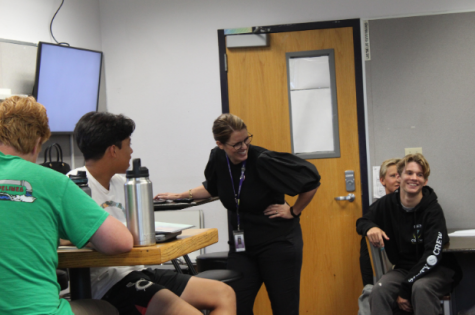
While the positive responses from students in the class may initially appear as something to celebrate, Wentland expressed concern over the underlying reasons for this positive response. According to the Atlantic, a study found that 49 percent of high school students feel “a great deal of stress” on a daily basis, which may account for students’ growing interest in wellness.
“I don’t know whether to be happy that kids are interested in the topic of well being, it might be just because it’s a very salient topic right now,” Wentland said. “But, I also wonder if I shouldn’t be really concerned that so many students feel like they need more tools.”
Regardless of the underlying cause, students have expressed personally positive results to Wentland. Wentland has always valued her students feeling like they can talk to her, and she aims to establish a person-to-person connection, rather than superior-to-inferior relationship.
“I really try to remember every day that all of the other people that I interact with in my job, my students are people with their own things going on,” Wentland said. “They’re just waking up trying the best they can every day, and they want to be happy.”
Your donation will support the student journalists of Carlsbad High School. Your contribution will allow us to purchase equipment and cover our annual website hosting costs.




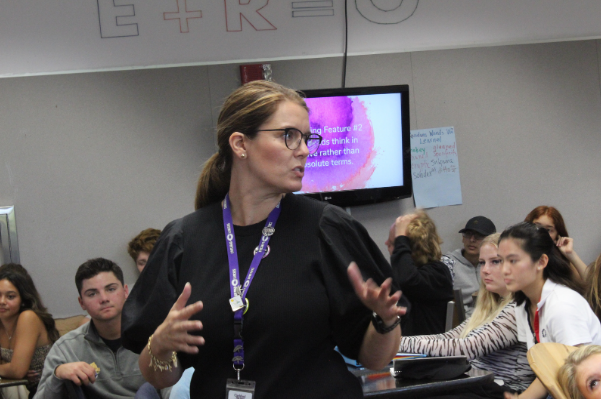
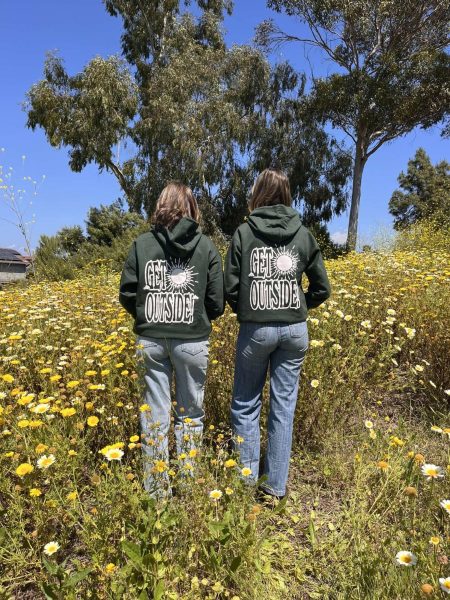

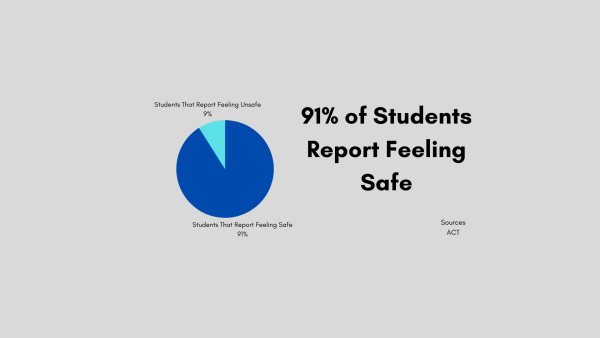
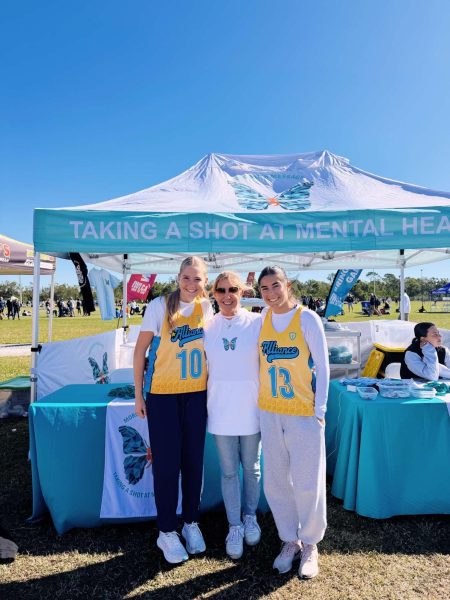

Venetia Brewer • Dec 12, 2019 at 11:52 am
Ms Wentland was my most favorite teacher of all time. She was my history teacher back in 2001.